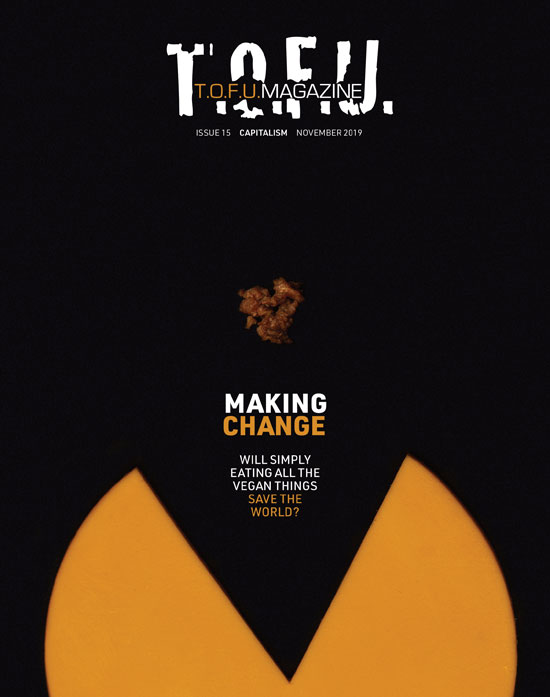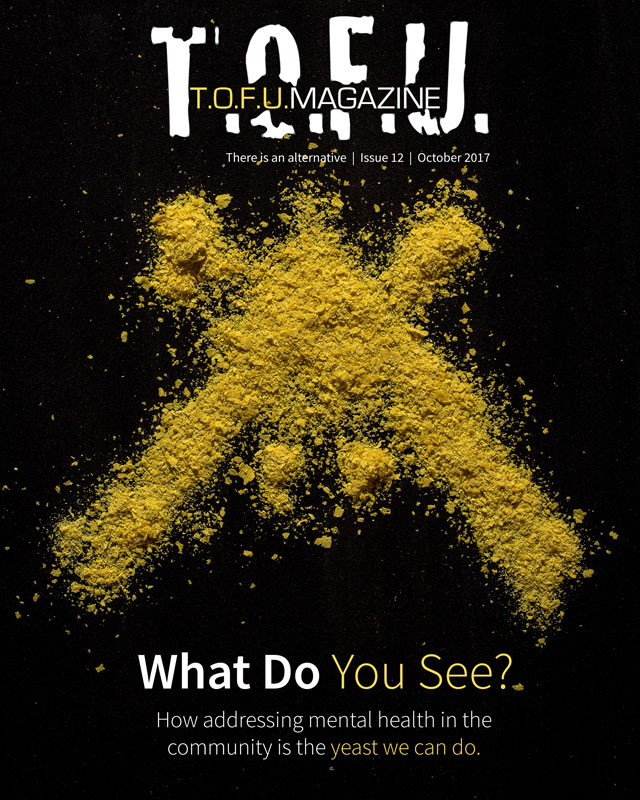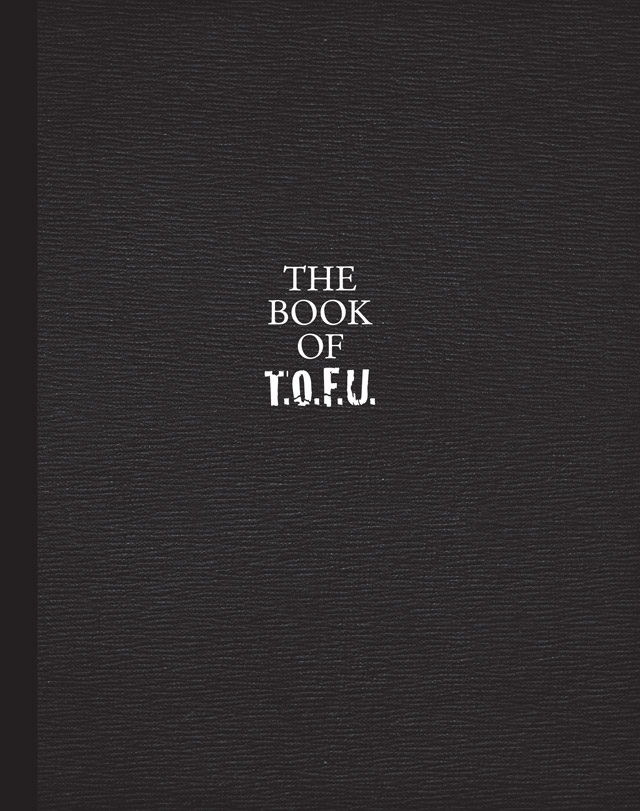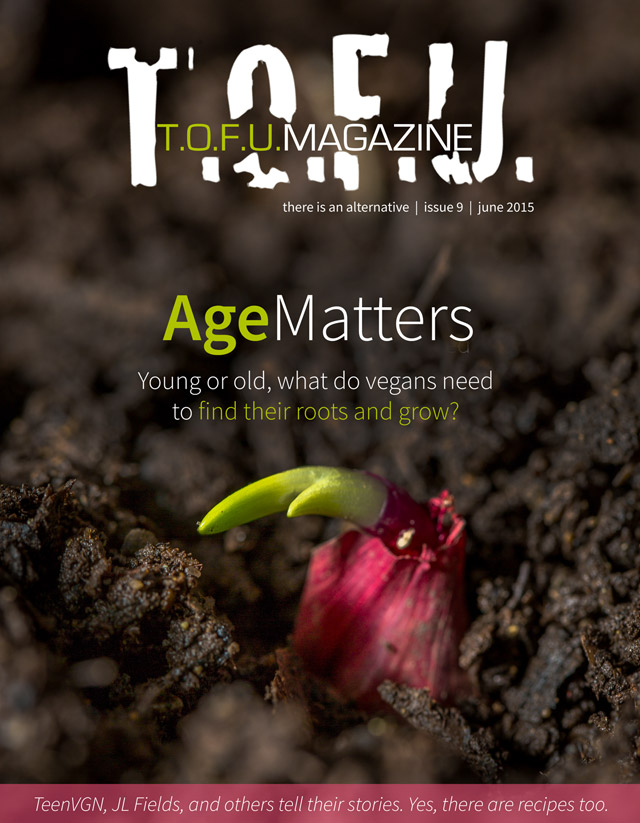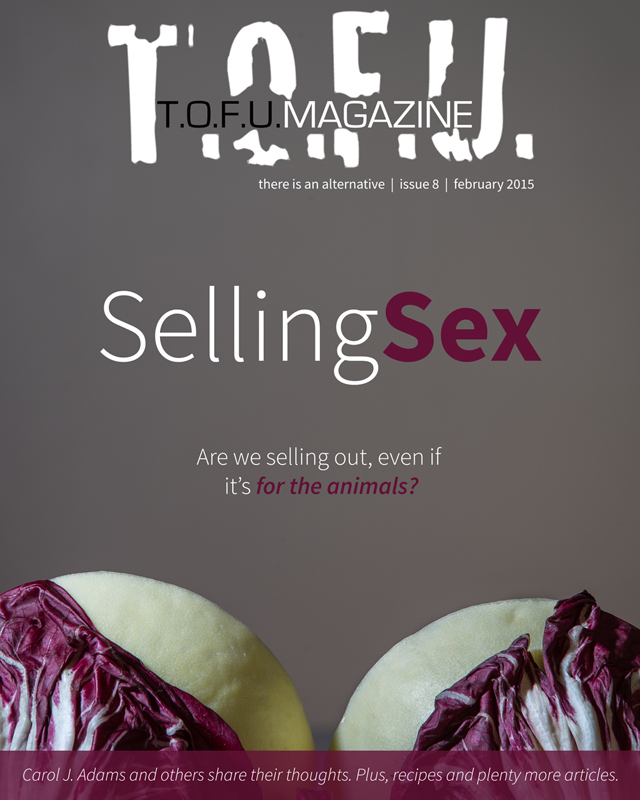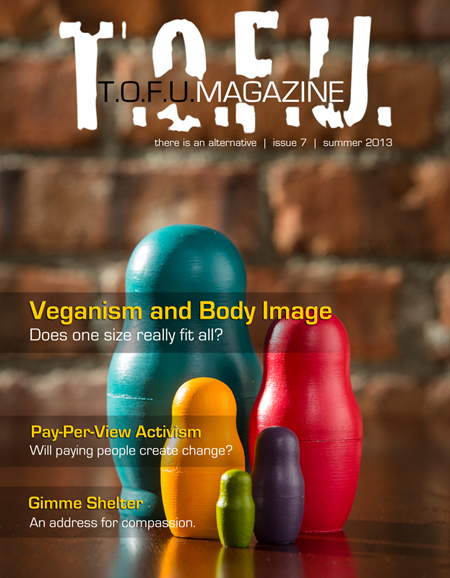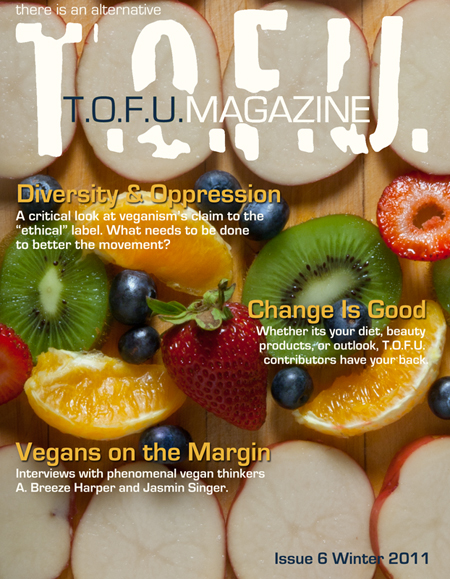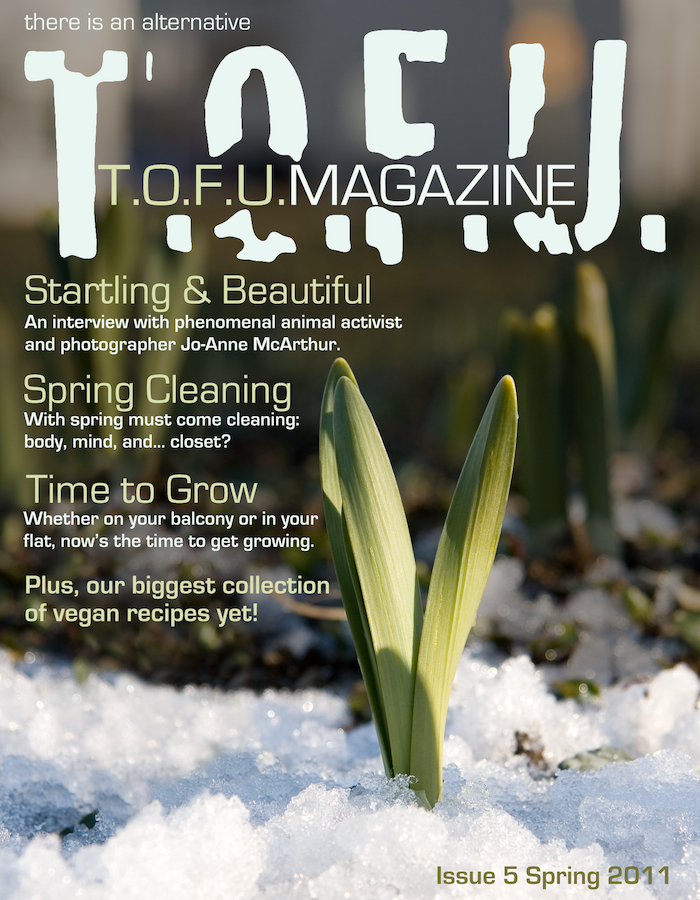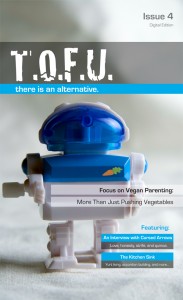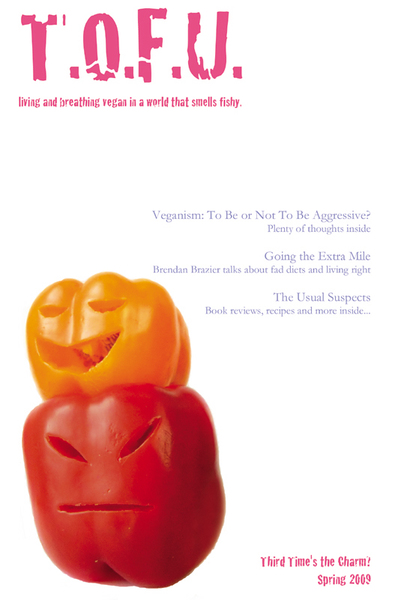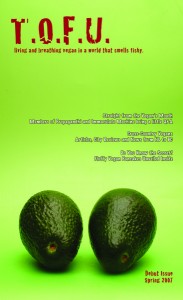Review | Farm to Fable by Robert Grillo
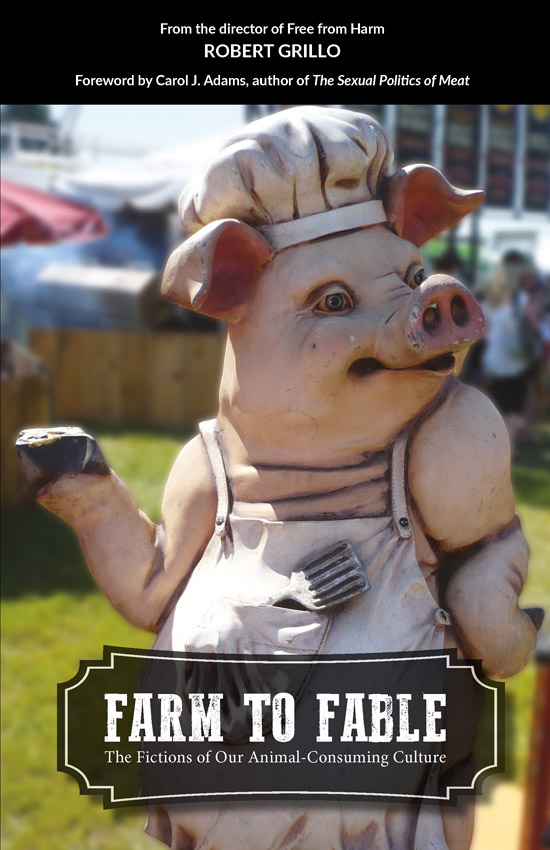
Disclaimer: This is not a book related to food.
Many people start to investigate veganism for a number of reasons. For some, the impetus is the environment, others sustainability, diet, and maybe a challenge/dare. Personally, I was an accidental vegan: I realized one day that although I grew up in a meat-and-potatoes culture, I hadn’t purchased any animal products or their derivatives for months. Conscious decision or not, I started to research veganism. During my initial self-education, I read it all: the UN report Livestock’s Long Shadow, Food and Water Watch annual report, IAASTD’s reports on agriculture, Carol Adam’s classic The Sexual Politics of Meat, John Robbin’s Diet for a New America, and so many more. I may have started out an accidental vegan, but I am now a purposeful vegan for so many reasons. I continue to educate myself about food production, sustainability, animal rights, and intersectional rights movements which I see are so clearly linked to a compassionate ethos. So, when Farm to Fable came to my attention to review, I took the opportunity.
Farm to Fable is, in short, a must read. I read it in its entirety in one sitting, I was so involved in it. Robert eloquently summarizes the book’s intent in the Preface:
“This is a book about how popular culture uses a set of fictions and fictional devices to shape our beliefs and perceptions of farmed animals (as well as the products derived from their bodies) and manipulate the food choices that stem from those beliefs.â€
His purpose in writing the book is to start a critical look at these fictions, and spark the conversation about challenging norms in Western society.
In his own way, Robert is furthering the “absent referent†structure that Carol Adams authored in The Sexual Politics of Meat. He builds his case by first outlining why (and what) we believe, the facts of food-production intent animal lives, foundational fictions, humane washing, fictionalizing animal identities and rites of consumption, and finally how to fight these norms. Within these topics, Robert has done impeccable research, backing statements with references and facts: facts that took me about a decade to learn and amass, piecemeal. He offers his research in an easy to understand manner, and follows with a discussion to invite the reader to challenge their own paradigms, and to challenge him. His arguments are well rounded, but succinct. His main objective is to engage the reader and to make them start to question why and how norms exist. He touches on intersectional politics, but defers to others such as Adams for a more thorough discussion. I appreciate this, as these are complicated and intertwined topics which deserve in-depth analysis and action and not broad strokes of analysis.
He ends the book with a call to activism: however loud or quiet your own brand may be. Here he does warn about potential patriarchal methods to achieve activism, arguing that the ends do not justify the means in this case, and that compassion towards all sentient beings includes rights issues in human culture as well. He gently reminds the activist that “[t]he hard part is changing not one’s diet but the beliefs that inform the diet.†Compassion and understanding are the way forward.
This book, in my view, is important for the new vegan, the curious person, or the old vegan who knows the gist already. It’s a quick read, and fascinating. Robert isn’t out to convert the masses and preach to you, nor does he blame the reader for their own believes which may have been identical to society’s norms. He challenges the reader to ask the question “why?”, and asks the reader to open their eyes and see behind the curtain. I greatly enjoyed reading the book, and know that it will be as well-worn as the other classics that brought me to this point in my journey.
For more information on Robert and his new book, please visit the publisher’s website.
Reviewed by Katie Hay
When Katie isn’t exploring new cuisines and challenging food conceptions in the kitchen, she can be found at farmers’ markets, building and designing bicycles, and planning her next life adventure.

